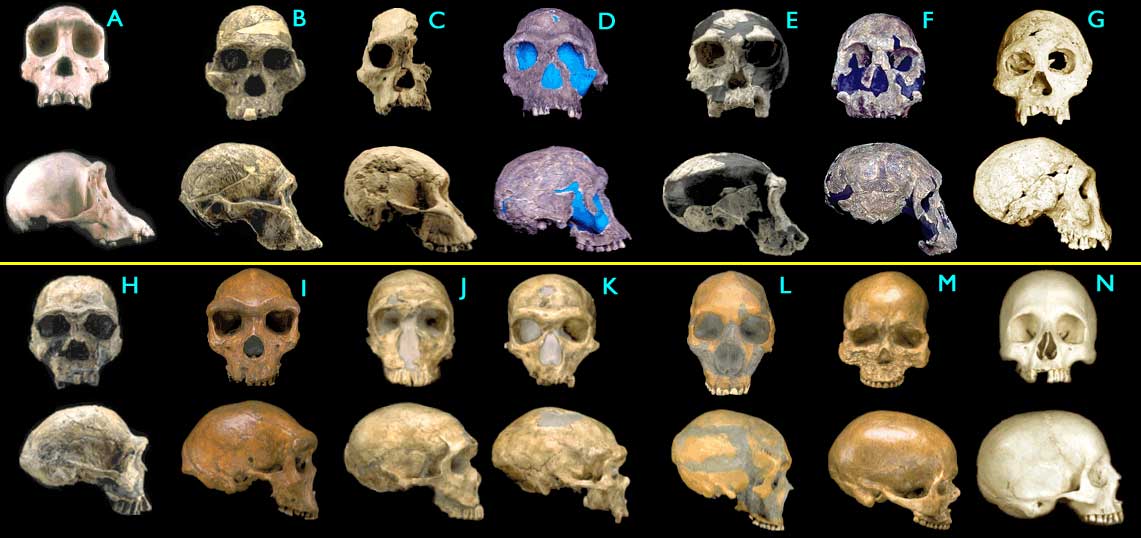As a scientist Thomkins certainly knows the differences between hypotheses, theories & facts.
He also knows that much of basic evolution theory is observed confirmed fact -- i.e., descent with modifications and natural selection.
Those are facts because we can see them.
The theory part is what we can't see -- deep time, long term speciations leaving many clues in the fossil record, but not directly observable.
And yes, there are many unconfirmed hypotheses related to evolution, especially in the area of abiogenic origins of life on Earth.
On this much fascinating advanced work has been done since Miller-Urey in 1952, but it's mostly still hypothetical speculations.
from the article: "After the 150-plus years since Darwin’s famous publication, we still have no fossil evidence demonstrating human evolution.
Darwin believed such fossils would eventually be found, but that has simply not been the case...
'The evolutionary events that led to the origin of the Homo lineage are an enduring puzzle in paleoanthropology, chiefly because the fossil record from between 3 million and 2 million years ago is frustratingly sparse, especially in eastern Africa.2 ' "
This is a most astonishing claim, amounting to deliberate self-inflicted blindness in the face of glaring evidence:

- Smithsonian: "From skeletons to teeth, early human fossils have been found of more than 6,000 individuals.
With the rapid pace of new discoveries every year, this impressive sample means that even though some early human species are only represented by one or a few fossils, others are represented by thousands of fossils."
from the article: "The Bible says that every living thing was created according to its kind.
This fits the clear, observable boundaries we see in nature between types of creatures, as well as the distinct boundaries researchers find in genomes as DNA sequencing science progresses."
But in fact, there are no such boundaries, as both morphological and DNA analyses demonstrate.
I could cite any number of examples -- consider Polar Bears & Brown Bears once classified in separate genera until viable cross-breeds discovered.
Now they are separate species within the same genus.
Similar reclassifications happened with zebra and giraffes, among many others, where sub-species became species and visa versa based on DNA comparisons.
Even among pre-humans, interbreeding with different species has left its marks in our DNAs including Neanderthals and Denisovans.
So species "kinds" lines are not as sharply drawn in nature as our author here suggests.
from the article: "the Bible states, “So God created man in His own image; in the image of God He created him; male and female He created them” (Genesis 1:27). "
But in chapter 2 Genesis tells us just a bit more about how God did it:
- "And the Lord God formed man of the dust of the ground, and breathed into his nostrils the breath of life; and man became a living soul."
To me that sounds like evolution, "from mud to man", at the end of which God performs His pinnacle of creation by breathing the "breath of life" and making Adam the first truly "living soul".
That's why I see no problem with it.